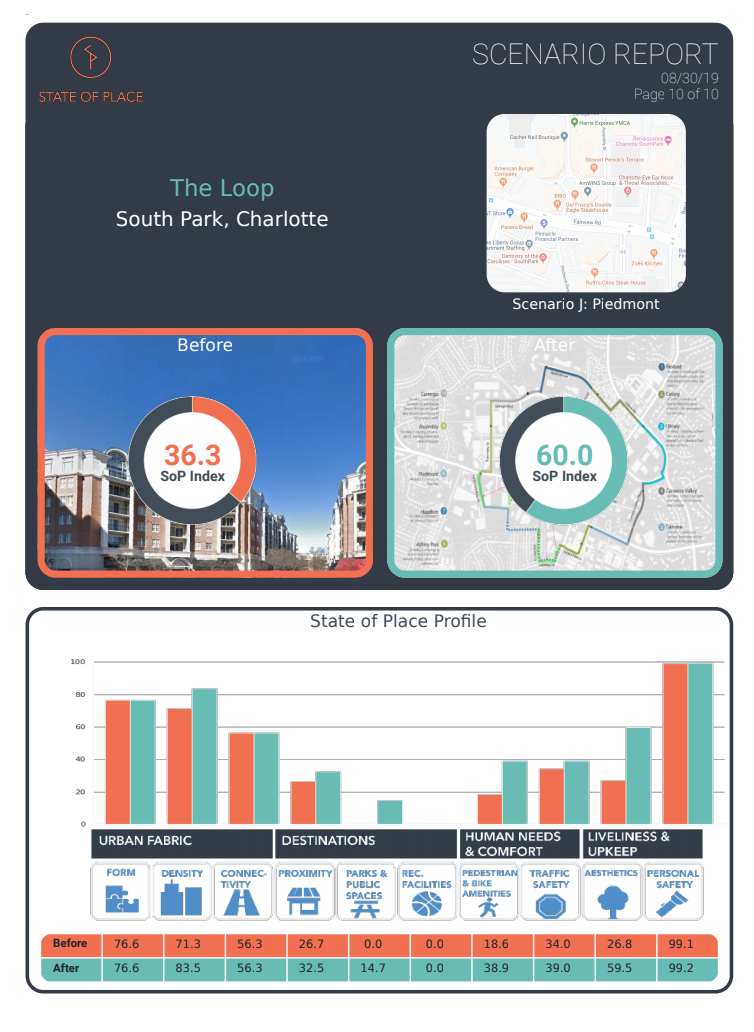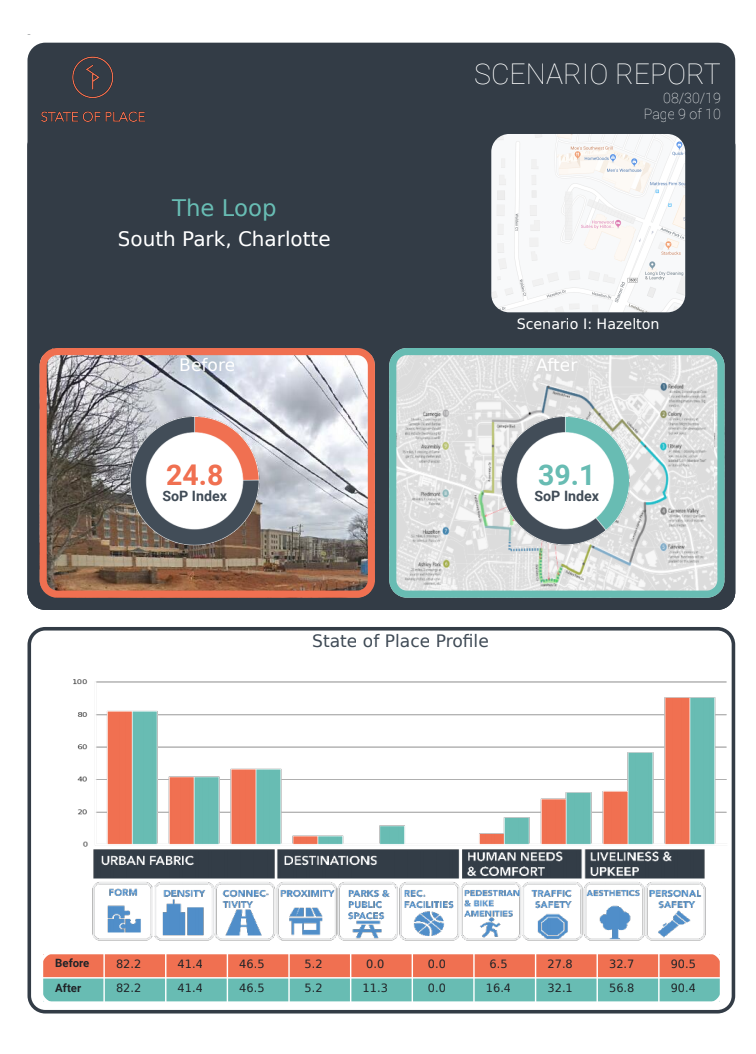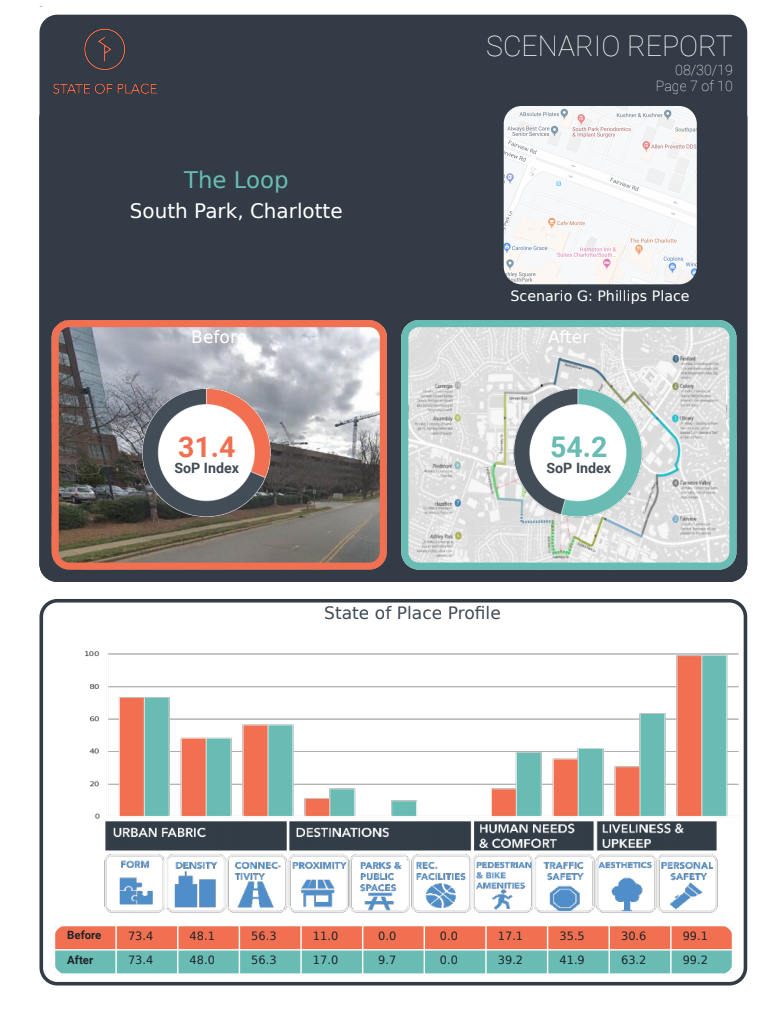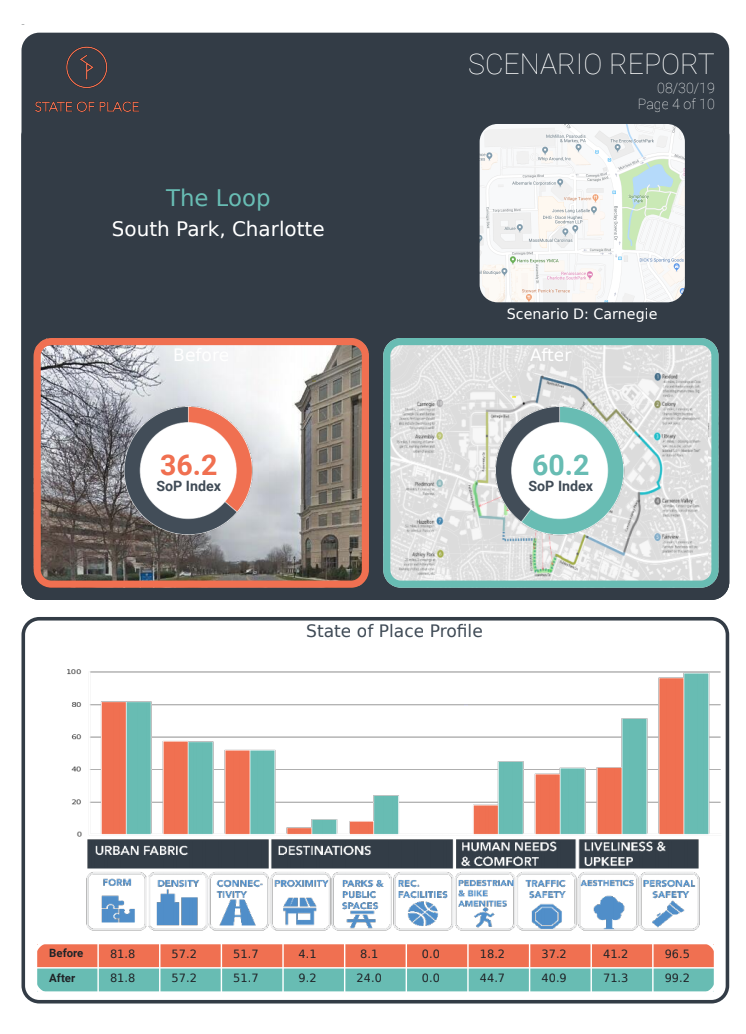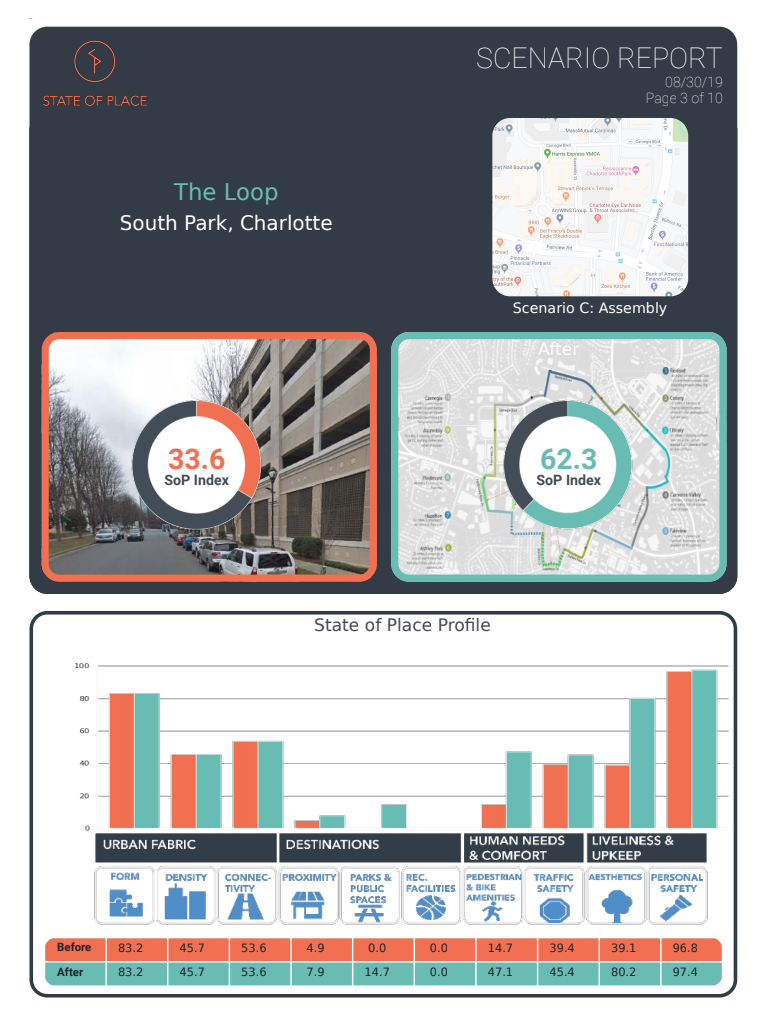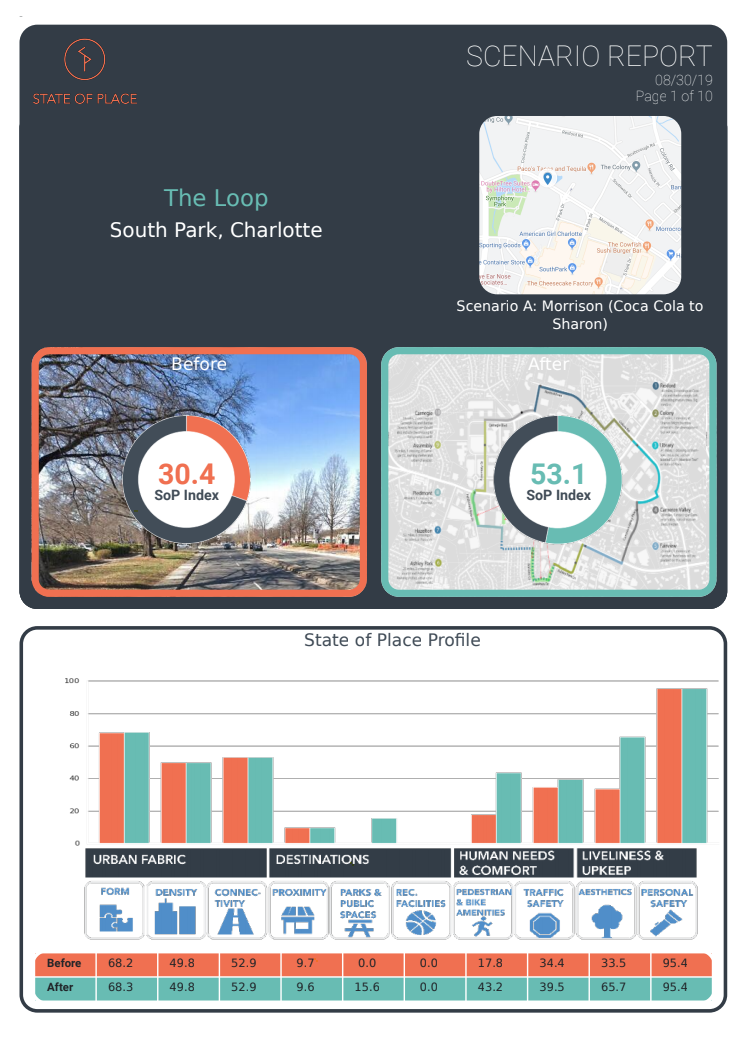City of Charlotte, NC Increases Effectiveness and Cost-Efficiency for the SouthPark Cultural Loop
About the City of Charlotte, NC
The City of Charlotte is the most populous city in the state of North Carolina. It is the county seat of Mecklenburg County. The city is the cultural, economic, and transportation center of the Charlotte metropolitan area, whose population ranks 23rd in the U.S., and has a population of more than 2,600,000. Between 2004 and 2014, Charlotte was ranked as the country's fastest-growing metro area. Charlotte tops the U.S. in millennial population growth. It is the third-fastest-growing major city in the United States. It is listed as a "gamma" global city by the Globalization and World Cities Research Network. Charlotte is home to the corporate headquarters of Bank of America, Truist Financial, and the east coast operations of Wells Fargo, which along with other financial institutions has made it the second-largest banking center in the United States.
Challenge:
The City of Charlotte was planning a project to construct a three-mile bicycle and pedestrian path that would connect key destinations in the SouthPark activity center. The loop was to feature public art, way-finding, landscaping and plaza areas.
With goals to bolster an evolving mixed-use activity center, improve transit access from neighborhoods, increase the quality and quantity of green space, strengthen economic vibrancy and sense of place, leverage public and private investments, and maximize on strategic partnerships, Charlotte needed a tool to perform crucial data analysis to highlight valuable information.
Solution:
The City of Charlotte used State of Place to establish an objective baseline of urban design quality and implement a data-driven analysis for the SouthPark Cultural Loop to increase the effectiveness and cost-efficiency of redevelopment efforts. Powered by State of Place, Charlotte generated potential development and design scenarios to maximize quality of life while increasing ROI, boosting SouthPark Cultural Loop area’s revenue base and attracting public and private sector investment.
Results:
Support an evolving mixed-use activity center
Improved bicycle and pedestrian access from neighborhoods
Increased the quantity and quality of green space
Support economic vibrancy and strong sense of place
Leveraged public and private investments
Capitalized on strategic partnerships
